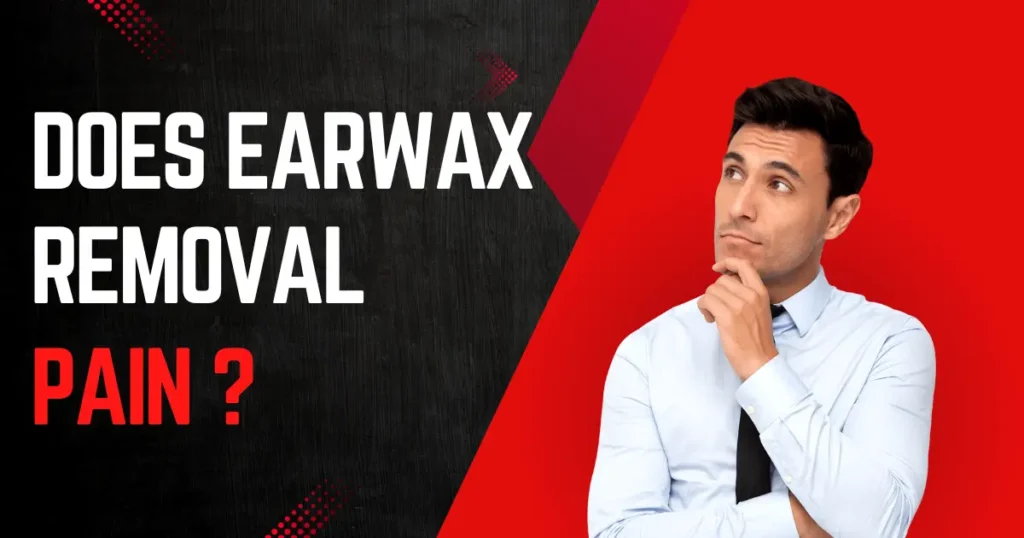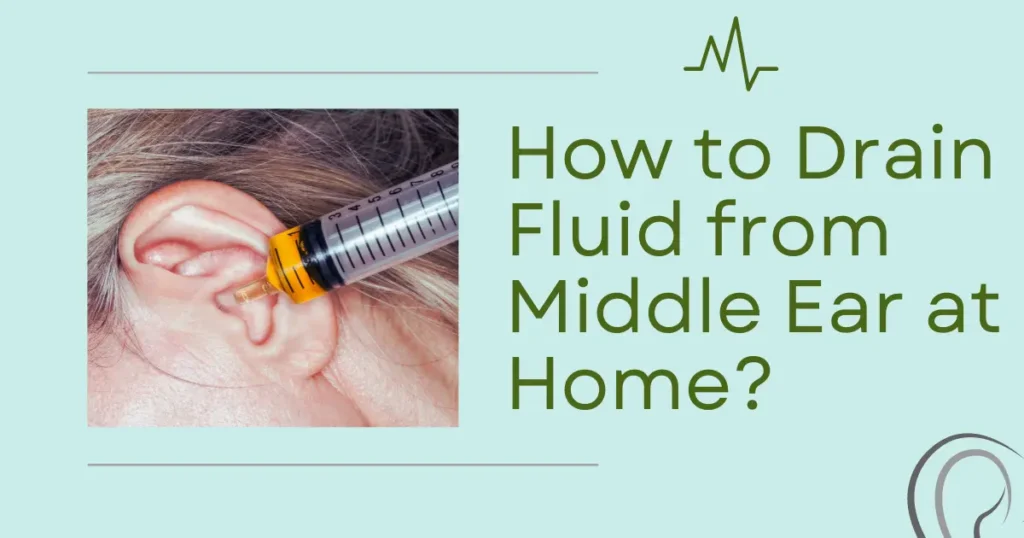When it comes to earwax removal, many people wonder, “Does earwax removal hurt?” The simple answer is that it usually doesn’t, but it can depend on the method used and individual sensitivity. Let’s delve into the various aspects of earwax removal to understand why it’s generally a painless process and what factors can influence your experience.
Understanding Earwax and Its Importance
Cerumen, commonly referred to as earwax, is a naturally occurring substance secreted by glands within the ear canal. It plays a crucial role in protecting our ears by trapping dust, debris, and microorganisms, preventing them from reaching the eardrum . Cerumen also functions as a lubricant, preventing the ear canal from drying out and becoming irritated.
The Natural Cleaning Process
Our ears are designed to clean themselves. Normally, earwax moves from the inner ear to the outer ear, where it eventually falls out or washes away. However, sometimes this process doesn’t work as efficiently, leading to a buildup of earwax.
Methods of Earwax Removal
There are several methods for removing earwax, each with its own level of comfort and effectiveness. Here’s a look at some common ones:
1. Over-the-Counter Ear Drops
Ear drops are a popular choice for softening earwax, making it easier to remove. These drops usually contain ingredients like hydrogen peroxide or saline solution. When used as directed, ear drops are generally safe and painless. However, some people might feel a slight tingling sensation when the drops are applied.
2. Ear Irrigation
Ear irrigation involves flushing out earwax with water. This method is often performed by healthcare professionals but can also be done at home using an irrigation kit. The procedure is typically painless, though some might feel a mild discomfort or pressure during the process. It’s important to use lukewarm water to avoid dizziness.
3. Manual Removal by a Professional
Healthcare providers can manually remove earwax using specialized instruments like a curette or suction device. This method is highly effective and usually painless when performed by a trained professional. However, if there’s significant buildup or the person has sensitive ears, there might be minor discomfort.
4. Ear Candling
Ear candling is an alternative method that involves placing a hollow candle in the ear canal and lighting the opposite end. Despite its popularity, ear candling is not recommended by medical professionals due to the risk of burns, ear injuries, and the lack of scientific evidence supporting its effectiveness. This approach can cause discomfort and may pose potential risks.
Factors Influencing Pain During Earwax Removal
While earwax removal is generally painless, certain factors can influence the level of discomfort experienced:
1. Extent of Wax Buildup
A large amount of impacted earwax can make the removal process more challenging and potentially uncomfortable. Regular cleaning can help prevent significant buildup.
2. Ear Sensitivity
Individuals with sensitive ears or underlying ear conditions, such as infections or eczema, may experience more discomfort during earwax removal. It is recommended to seek advice from a healthcare professional in these circumstances.
3. Method Used
As discussed, the method of earwax removal plays a significant role in determining the comfort level. Professional removal tends to be less painful compared to at-home methods, especially for those with sensitive ears.
4. Proper Technique
Using proper technique and following instructions is crucial for minimizing discomfort. For instance, using ear drops as directed or ensuring water is at the correct temperature for irrigation can make the process smoother.
Tips for Comfortable Earwax Removal
To ensure a painless and effective earwax removal experience, consider the following tips:
1. Regular Cleaning
Incorporate regular ear hygiene practices to prevent excessive buildup. This can include using ear drops occasionally or gently cleaning the outer ear with a damp cloth.
2. Seek Professional Help
If you experience recurrent earwax buildup or discomfort, seek help from a healthcare professional. They can safely and effectively remove earwax without causing pain.
3. Avoid Cotton Swabs
Using cotton swabs can push earwax further into the ear canal, leading to impaction and potential discomfort. Avoid inserting any objects into the ear canal.
4. Follow Instructions
When using at-home earwax removal methods, carefully follow the instructions provided. This ensures the process is both effective and comfortable.
So, does earwax removal hurt? Generally, it doesn’t, especially when done correctly and with the right method. Understanding the different removal techniques and factors that can influence discomfort can help you choose the best approach for your needs. If you have concerns about earwax buildup or experience pain during removal, consult a healthcare professional for advice and treatment.
Frequently Asked Questions
Q1: Can earwax removal cause hearing loss?
Earwax removal, when done correctly, does not cause hearing loss. However, improper techniques or excessive cleaning can lead to ear injuries, which might affect hearing.
Q2: How often should I clean my ears?
For most people, cleaning the ears once a month is sufficient. However, those with excessive earwax production might need to clean their ears more frequently.
Q3: Are there any risks associated with earwax removal?
Risks are minimal when earwax removal is performed correctly. However, using improper techniques or tools can lead to ear injuries or infections.
Q4: Is earwax removal necessary?
Earwax removal is not always necessary. The ears are self-cleaning, and earwax often falls out naturally. Removal is needed only if there is a buildup causing discomfort or hearing issues.
By following these guidelines and understanding the process, you can ensure that earwax removal is a comfortable and painless experience. Remember, if in doubt, always consult a healthcare professional for the best advice and treatment.
You can also check my another blog : Is earwax flammable?



